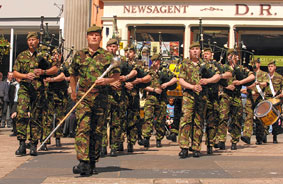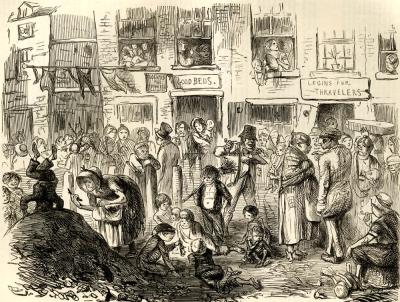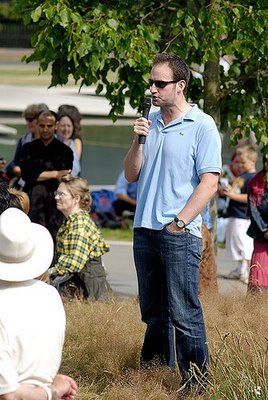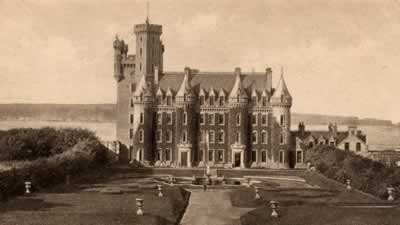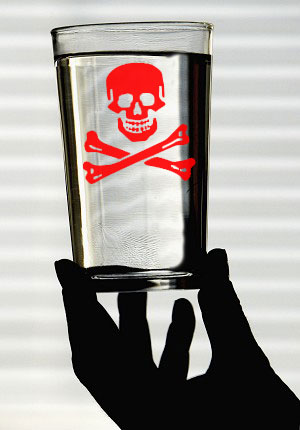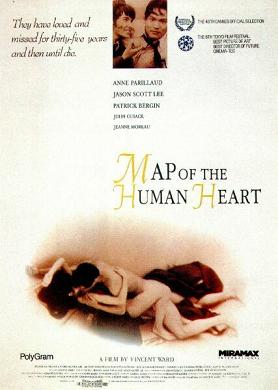… but we do not know why. Another LibDem… oh, that sounds strange to say… Cllr. Paul Johnson blogged in April about the suspension of former-SNP, now-independent Fraserburgh councillor Ian Tait.
Following a complaint from an unnamed individual that he had made inappropriate remarks to her/him at a community development meeting, a Conduct Comittee barred him from most council functions until December 2009. A reader’s letter to the Fraserburgh News suggests this complaint was made seven months after the fact.
Even if, like I assume does Johnson, I knew why, I would not be able to reveal it. For Aberdeenshire Council has declined to release minutes of the Conduct Committee on the grounds it was not in the public interest. The Aberdeen Press and Journal is reporting that its appeal, with the acquiescence of Tait, to force their release has failed.
Maybe Tait should appeal to Mr. Justice Eady whose latest perverse ruling on defamation and privacy law drove me, initially at least, to spluttering, incohate dismay.

Recently a rather excellent blog called Night Jack – An English Detective (still available in Google Cache if one wishes to look) had been up there by an anonymous CID officer in an anonymous English town expressing his views on local policy initiatives and national political figures. It even won the 2009 Orwell Prize for Political Writing. With half a million hits in one week, it would clearly have been causing consternation for regional Police forces which suspected it was one of their officers and for the Home Office.
Then Times Media Correspondent, Patrick Foster gradually deduced Night Jack’s location and then identity as Dc Richard Horton from the Lancashire Constabulary. On being doorstep’d, Horton took out a temporary injunction to prevent his name being revealed.
The Times appealed, citing public issue grounds, and Eady – who had previously ruled that an overpriviledged boy-racer, whose fascist parents were permitted to resume a life of landed-comfort after their heroes were defeated, had the right to continue wearing a public mask of respectability whilst spanking the cheeky girls in private; or that as long as one believes one is peddling a valid treatment, it is defamatory to call it “bogus” even if all the evidence says it is – ruled that, as blogging was “essentially a public act”, so Horton had no right to expect anonymity.
So, he lost it, has been formally repremanded by Lancashire Constabulary, and deleted his blog.
I can quite believe that Foster followed biscuit crumbs to identify Horton, and will assume that the subsequent decision to reveal his name was part of a gleeful exercise in power rather than pin-striped goons at the Thunderer doing a favour for their mate, the Chief Constable.
I see blogging as modern-day pamphleteering, which *was* present in the time which Eady belongs to; so wonder if he would have served Chartists on a platter to the great and merely powerful. I rather suspect he would have. Nowadays, I do appreciate that bloggers should not expect a cast-iron right to privacy especially where they are discussing public affairs, but am at a complete loss to see what the public interest was here in identifying Horton balanced against the public interest in his blog remaining active. For a profession, i.e. journalism, which prides itself on protecting the anonmyity of confidants/sources/snouts to then reveal Horton’s identity stikes, at the very least, not cricket.
And The Times is in damage-limitation mode. One article suggests that Horton was “using information about cases, some involving sex offences against children, that could be traced back to genuine prosecutions” to construct his anecdotal missives. I most certainly can see the concerns in potentially prejudicing active investigations and court cases. Had this been a concern, however, I strongly suspect we would have heard much more than… well… anecdotal opining.
Elsewhere, Times Crime and Security Correspondent, Sean O’Neill, admits to “mixed feelings” about revealing Horton’s identity. As the uniformly disgusted commentariat states, they should have thought about that at the time. It is one thing to be a great person to have after a disaster; quite another to wallow in self-pity after a fuck-up of one’s own making.
I hope Foster and O’Neill and their Editor, James Harding, and their Potus, Rupert Murdoch will now reveal the identities of any of those “sources close to government” when asked and never, ever, ever appeal to some code of journalistic ethics.
Compare and contrast: Dc Richard Horton who did not wish his identity to be linked to documents in connexion with public service, fails; Cllr. Ian Tait who does wish his identity to be linked to documents in connexion with public service (which are now preventing his engaging in public service), fails. Just how different is Scots and English law in this respect?
Oh, at least Eady will not have to worry about his learned profession’s embarassing little secrets being made public. Now, in light of his ruling the Simon Singh was libellous when he called chiropractic “bogus”, I am off to market a treatment for woodworm which will involve my dousing cats in kerosine and playing fire-frisbee.
I think it works, so there ain’t no way no-one can call me a raving nutter.
UPDATE – On reflection, I suspect I was unfair on O’Neill. Re-reading his piece I note how careful he is to place responsibility firmly with Foster. So, it appears that, unlike Foster (and Harding) he is appalled as everyone else at two supposed journalists deliberately exposing as witty and insightful amateur reporter (i.e. blogger) who would not feed them exclusives.
